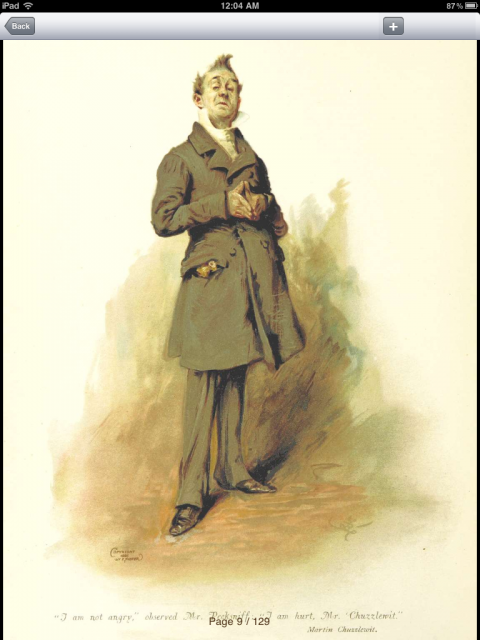We’re a bit embarrassed to admit that it took us three times to spot the change in this fascinating video illusion at New Scientist, even after reading about the research behind the video. The test was developed by Kevin O’Regan and his team at the University of Paris Descartes as part of their work on perception. O’Regan is best known for his work on change blindness, our relative inability to perceive gradual change, and our tendency to focus solely on what we perceive to be the most dynamic or interesting element of a scene.
If this video isn’t enough to convince of you of O’Regan’s theories, he’s posted a whole slew of demonstrations at his website. Better yet, you can dispel any remaining doubts (or self-esteem) by taking this awareness test, which is even more dramatic. It bowled us over. Let us know in the comments if it did the same for you.
via Kirstin Butler
Sheerly Avni is a San Francisco-based arts and culture writer. Her work has appeared in Salon, LA Weekly, Mother Jones, and many other publications. You can follow her on twitter at @sheerly.


